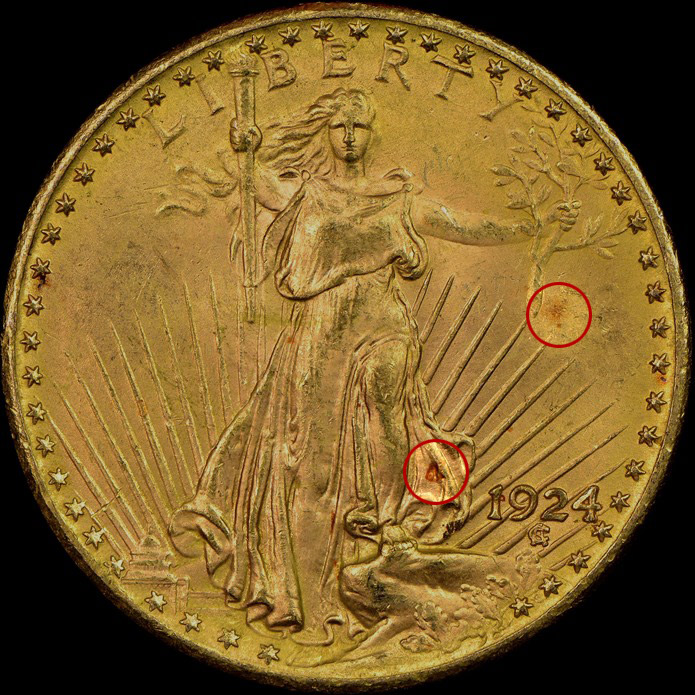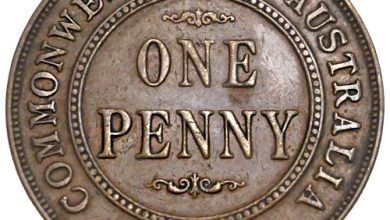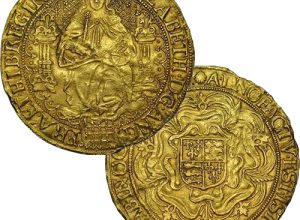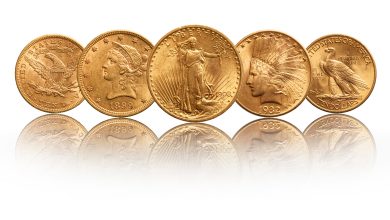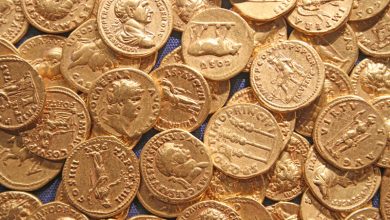Does Real Gold Tarnish? A Closer Look at Marks and Spots on Gold
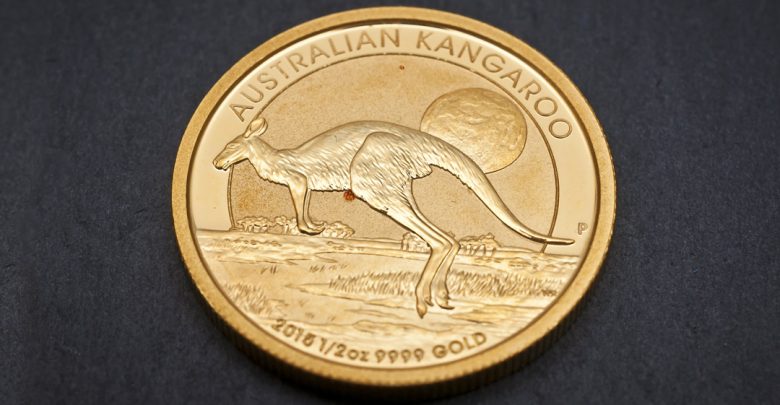
Throughout the ages, gold has proved to be an extremely reliable option for investment thanks to its finite and physical qualities. However, there’s some confusion out there about whether real gold can corrode, rust, or be tarnished – and whether or not this tarnishing can affect the value of gold.
Here, we’re setting the record straight on the marks and spots that can appear on your gold bullion, and what it means for its worth.
What is pure gold?
As with other precious metals, gold can be found at various levels of fineness. Simply put, the finer a precious metal object is, the more precious metal, and less alloying base metals, it actually contains.
Pure gold is sometimes referred to as real gold or 24-karat gold. Whereas an object made of 18-karat gold contains 75% gold and 25% other metals, 24-karat gold contains at least 99.9% gold. Investment grade gold is considered to be 99.5% purity or greater.
Here’s where it gets a little confusing: objectively speaking, there is no such thing as 100%, absolutely pure gold. The purest gold that has ever been made is believed to have achieved by the Perth Mint, which refined a gold plate to a purity of 99.9999% – 999,999 parts of gold per million. Nevertheless, 24-karat gold is considered to be pure gold, as there are no other metals present.
Does pure gold tarnish?
It’s an undeniable fact that any gold object of purity less than 99.99% can be subject to tarnishing. If a piece of 22-karat gold jewellery is alloyed with copper or zinc to increase its hardness, these base metals can react with oxygen, sulphur, moisture in the air, and so on. This leads to a chemical reaction that results in tarnishing, and the jewellery can begin to lose its lustre.
Whether 24-karat gold tarnishes is another story, since gold is known to be one of the least chemically reactive metals available. However, this doesn’t mean that pure gold is impervious to external factors or the ageing process. We’ll explain what to look out for in this next section.
Common marks and spots on pure gold
Red Spots
The most common type of mark that can be seen on pure gold bars and coins are small red-brown spots that can appear on the surface of your gold. It is thought that red spots can be caused by the following:
- Copper Impurities: Considered the most traditional explanation for red spots, it is thought that 0.01% of copper impurities are present in 99.99% pure gold. If copper impurities are exposed on the surface of a bullion bar or coin, or present on minting equipment and transferred to the surface during minting, over time the impurities react with oxygen and change colour, causing a reddish – brown spot.
- Silver Impurities: Recent research suggests that spots on pure gold products can be caused by small silver impurities that are very often present in gold. These silver impurities can react with sulphur in the atmosphere and cause spotting on gold products.
Toning
Another type of mark that can appear on pure gold coins is toning. Essentially, this refers to another form of discolouring that develops when the surface of the coin is exposed to air. Gold coins that experience toning often go from bright yellow to an orange colour. Don’t worry, though. This is a natural part of owning a pure gold coin, and cannot be avoided unless the coin is perfectly vacuum-sealed.
Furthermore, a gold coin with toning can even be more highly valued by certain coin collectors than a perfectly pristine and shiny one, according to CoinNews.net.
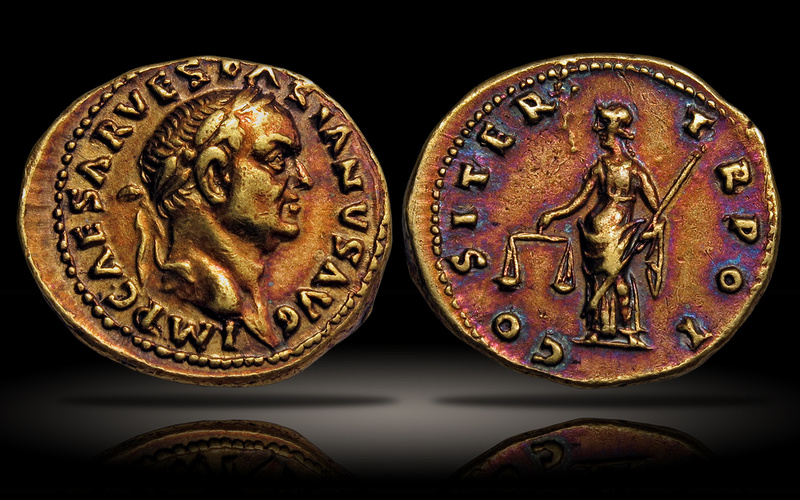
What impact do these marks and spots have on your investment?
Here’s the good news! These naturally occurring spots and marks do not affect the value of your gold investment. They are simply part of the natural ageing process that all precious metals undergo, regardless of whatever it is that has caused them.
Though these spots or marks may grow in number or size, it does not mean that the gold product is decaying in any way. As a precious metal, pure gold does not experience decay, and the spots and marks are purely superficial.
How to best care for your gold
Let’s be clear: KJC Bullion Australia strongly recommends that you do not remove your pure gold products from their sealed, official packaging, nor should you clean any gold coins or bars yourself. Doing any of these things has the potential to reduce their value significantly and can leave behind abrasion that, frankly, doesn’t look all that nice.
Of course, there might be times where touching or moving the pure gold is unavoidable, and so there are some tips so that you can handle them in the best way possible:
Get some gloves
In addition to cleaning your hands with sanitiser before handling, putting on gloves is a must. But don’t use latex gloves! Instead, opt for cotton, lint-free gloves, as recommended by The Royal Mint.
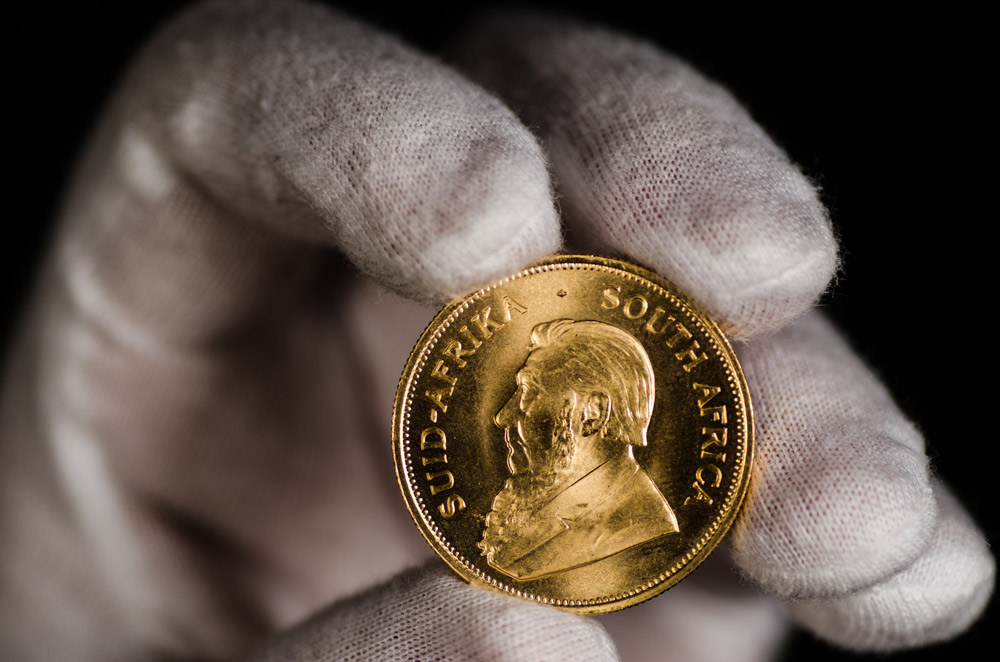
Minimise handling time
Reducing the amount that you touch and handle your gold means reducing the potential for contaminating or damaging your pure gold bullion and thereby reducing its value.
Create an ideal storage space
Store the gold in a cool, dry, air-tight place away from moisture and any silver or other precious metals that have already experienced corrosion. Doing so will reduce the chance of any elements affecting the appearance of your bullion.
If you have any questions regarding the purchase or storing of your bullion, don’t hesitate to get in touch with our team today!

